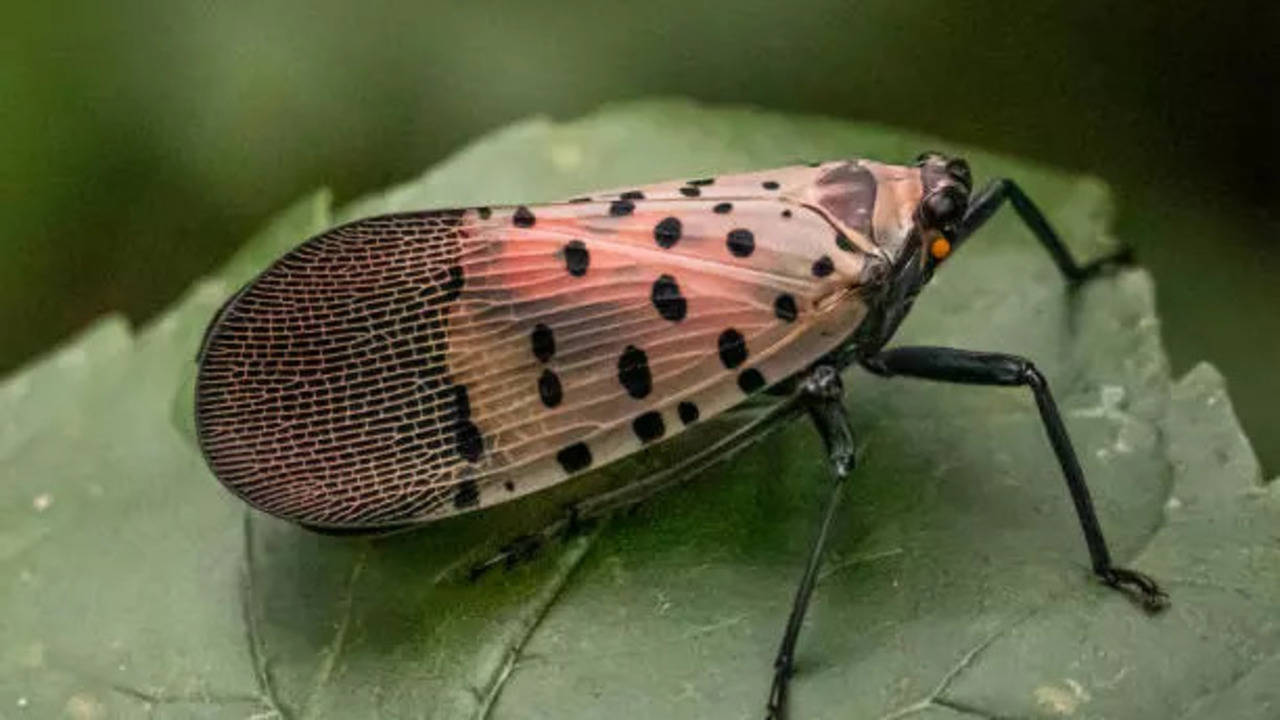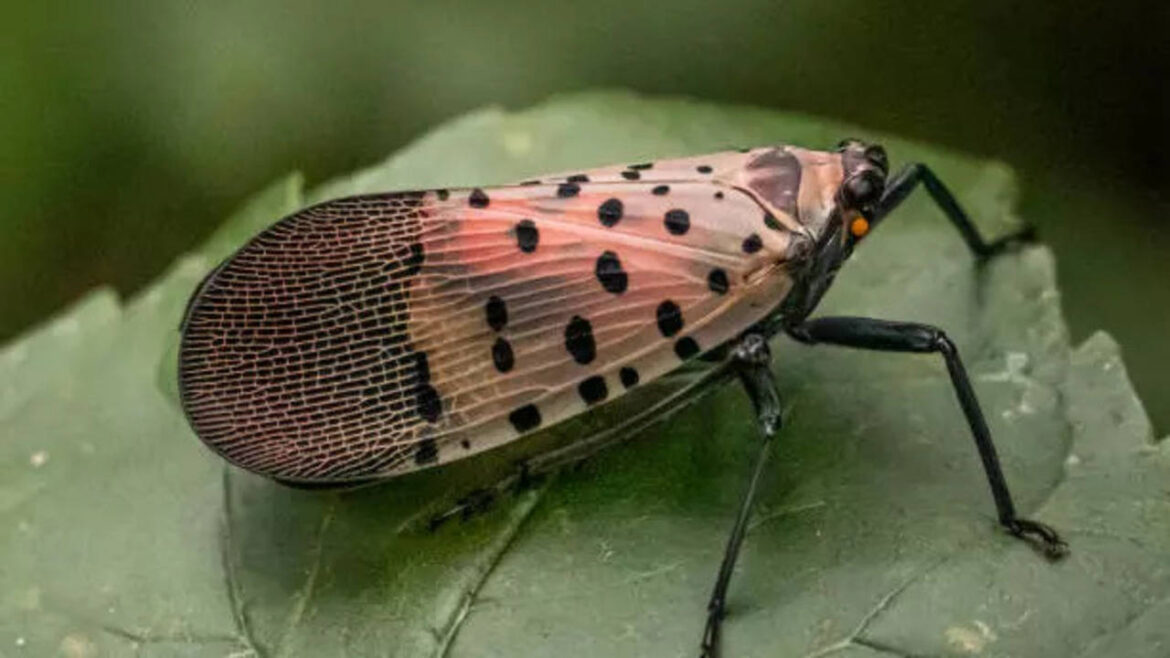Table of Contents

The spread of the invasive spotted lanternfly (SLF) prompted Ohio to issue quarantines in 12 counties, including four in Northeast Ohio. The steps are intended to prevent the future spread of this insect, which poses a serious danger to agriculture and forests.
The spotted lanternfly, a native of Asia, is notorious for its destructive eating habits. It feeds on sap from a variety of plants, including fruit trees, hardwoods, and decorative plants. Its fast growth in the United States has prompted states, including Ohio, to take action.
Counties Under Quarantine:
- Cuyahoga
- Lorain
- Columbiana
- Mahoning
The quarantine prohibits people and companies in certain regions from transporting goods that might host the spotted lanternfly without proper measures. This comprises a wide range of goods, such as construction supplies, firewood, and outdoor equipment, which may transport the insect or its egg masses to new areas.
Insect Characteristics and Life Stages
The spotted lanternfly may be distinguished by its distinctive black and yellow dotted wings and brilliant red underwings. It has multiple life phases, ranging from nymphs to adults, and each stage can spread the pest.
The Ohio Department of Agriculture (ODA) advises that all stages of the bug, including eggs, nymphs, and adults, can move. Nymphs and adults may fly, hop, or drop into cars, making them easily transportable to un-infested areas. The SLF produces egg masses of 30 to 50 eggs on flat surfaces, making it simple for the pest to spread undetected.
Quarantine Details and Materials at Risk
According to state agriculture officials, any item capable of harboring the insect is included under the quarantine restrictions. Residents are urged to inspect the following materials for signs of the pest:
- Landscaping, remodeling, or construction materials
- Firewood of any species
- Packing materials
- All plants and plant parts, including live and dead trees, perennial and annual plants, and mulch
- Outdoor items such as vehicles, lawnmowers, chairs, grills, tarps, tile, stone, and deck boards
The ODA emphasized the importance of checking these materials before moving them to prevent further infestations. The SLF is currently in its adult stage and will remain active until winter.
Reporting and Action
The Ohio Department of Agriculture has urged homeowners to keep watchful and report any sightings of the spotted lanternfly. If you see the bug, take a picture and report it to the Ohio Department of Agriculture website. Residents are instructed to destroy the insect to prevent it from spreading.
Agriculture experts are actively monitoring the situation and emphasize the need for public participation. Dorothy Pelanda, ODA Director, asked homeowners and businesses to stay vigilant and take prompt action if they spotted the bug.
The quarantine attempts to prevent the spread of the spotted lanternfly, protecting Ohio's agricultural and natural resources from harm. Residents are asked to take all steps recommended by state officials to help prevent the bug from spreading.

